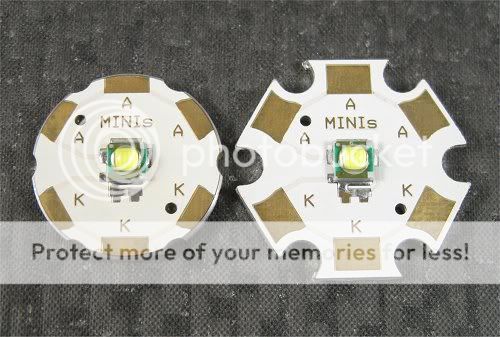Tim Carleton
Newly Enlightened
Has anyone tried turning an led down after it's been epoxied to a heat sink?
I've got one of these http://kaidomain.com/ProductDetails.aspx?ProductId=10060 I'm doing a 2c mag mod to and it's about 2thou larger than the heat sink I make awhile back. Looking at the traces on the board looks like it wouldn't mess anything up, but I figured I'd ask.
I've got one of these http://kaidomain.com/ProductDetails.aspx?ProductId=10060 I'm doing a 2c mag mod to and it's about 2thou larger than the heat sink I make awhile back. Looking at the traces on the board looks like it wouldn't mess anything up, but I figured I'd ask.




